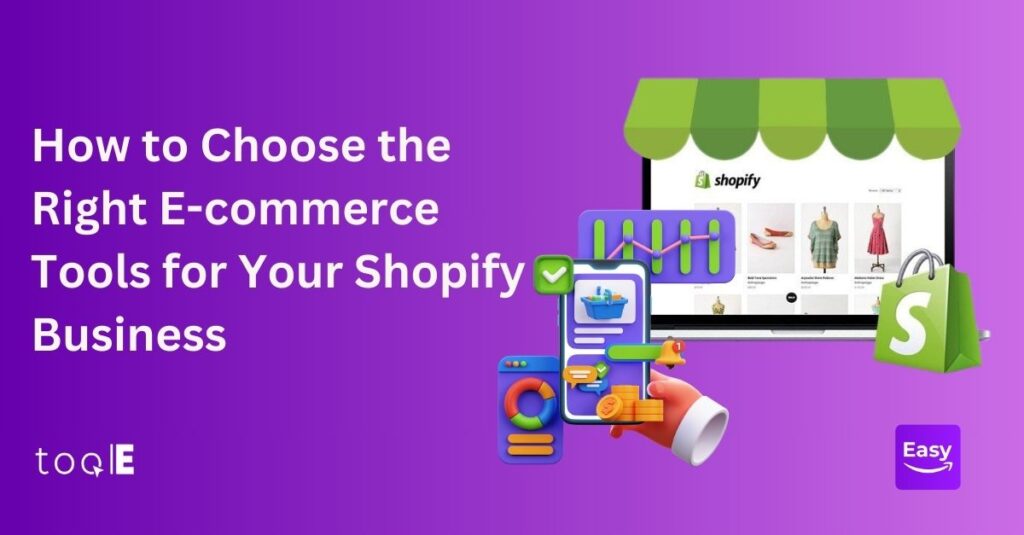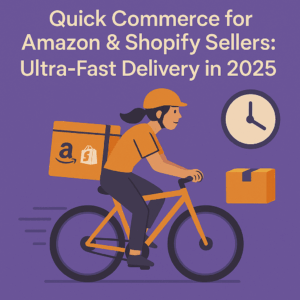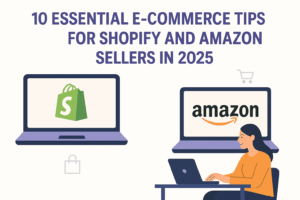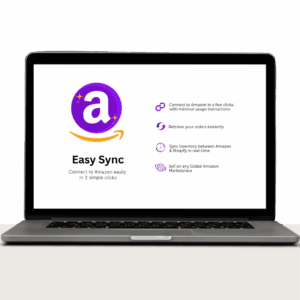In today’s cutthroat digital marketplace, the right e-commerce tools can be the difference between thriving and just surviving. They streamline your operations, create a delightful customer experience, and ultimately, boost your return on investment (ROI). But with countless options vying for your attention, finding the perfect fit for your business can feel overwhelming.
This guide will walk you through a step-by-step process to assess your needs, compare solutions, and choose the e-commerce tools that will drive growth and maximize your ROI.
1. Define Your E-commerce DNA: Understand Your Unique Needs
Before you even glance at software, you need to understand your business’s specific needs. Every business has a unique DNA, and what works for a fashion retailer might not work for a handmade furniture seller. Ask yourself these key questions:
- What are my business goals? Do you want to increase sales, improve customer loyalty, expand into new markets, or all of the above?
- Where are the pain points in my current operations? Are you struggling with inventory management, shipping logistics, customer support, or something else?
- What’s my budget? Be realistic about how much you can invest, keeping in mind that the goal is to maximize ROI, not just find the cheapest option.
Example: Imagine you run a growing online clothing store. Your goal is to double sales in the next year. Your pain points include managing inventory across multiple suppliers and handling a growing volume of customer inquiries. Your budget allows for a monthly investment of $500 in new tools.
2. Explore the Toolkit: Research and Compare E-commerce Solutions
Armed with a clear understanding of your needs, start researching e-commerce tools that align with your goals. Look for features and functionalities that directly address your pain points. When comparing tools, consider:
- Ease of Use: The platform should be intuitive, even for team members without technical expertise.
- Example: Shopify is known for its user-friendly interface, making it easy to set up and manage an online store.
- Scalability: As your business grows, your tools need to keep pace.
- Example: BigCommerce offers plans that scale from small startups to large enterprises, ensuring you have the resources you need as you grow.
- Customer Support: Reliable support is crucial when you encounter technical glitches or have questions.
- Example: Zendesk is a popular customer support platform that integrates with many e-commerce solutions.
- Integrations: Your chosen tools should seamlessly integrate with your existing systems (website, CRM, inventory management, etc.) to avoid data silos and streamline operations.
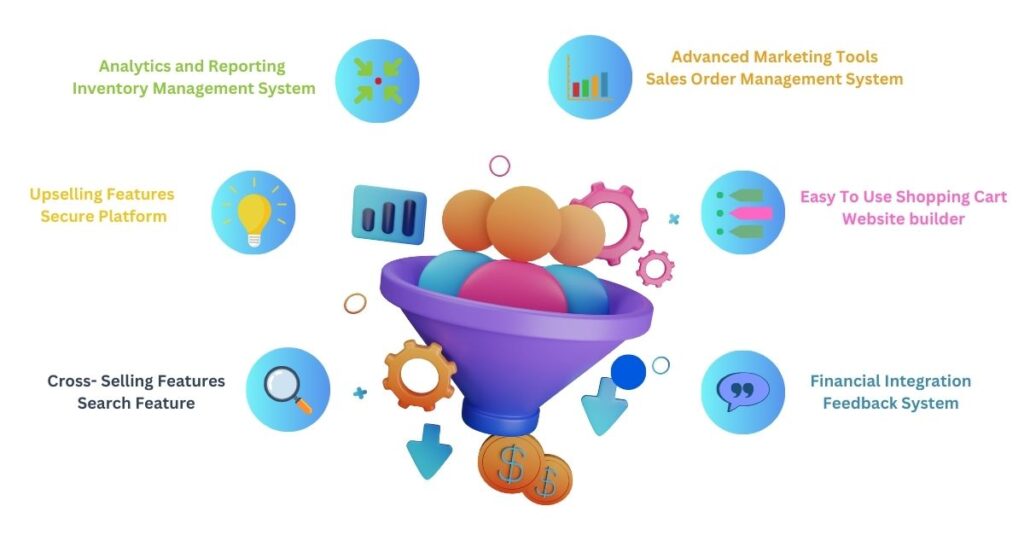
3. Think Long-Term: Factor in the Total Cost of Ownership
Don’t just focus on the upfront price tag. Consider the total cost of ownership (TCO), including:
- Monthly/Annual fees
- Implementation costs
- Maintenance and upgrade expenses
- Training costs
- Potential costs of switching tools later
4. Test Drive Before You Buy: Leverage Free Trials and Demos
Most reputable e-commerce tool providers offer free trials or demos. Take advantage of these to test the tool in a real-world scenario. This hands-on experience will give you valuable insights into the tool’s usability, features, and whether it’s the right fit for your team.
5. Monitor, Analyze, Optimize: Continuous Improvement is Key
Once you’ve implemented your chosen tools, the work isn’t over. Continuously monitor their performance using analytics dashboards and track key metrics like:
- Conversion rates
- Customer satisfaction scores
- ROI on your tool investment
If a tool isn’t delivering the expected results, don’t be afraid to explore alternatives or optimize your existing setup.
Recommended Tool: Amazon Easy Tool (amazoneasytool.com)
For businesses looking to simplify and optimize their Amazon selling experience, Amazon Easy Tool is a powerful solution. It offers a suite of features designed to help businesses of all sizes increase sales and efficiency on the Amazon marketplace.
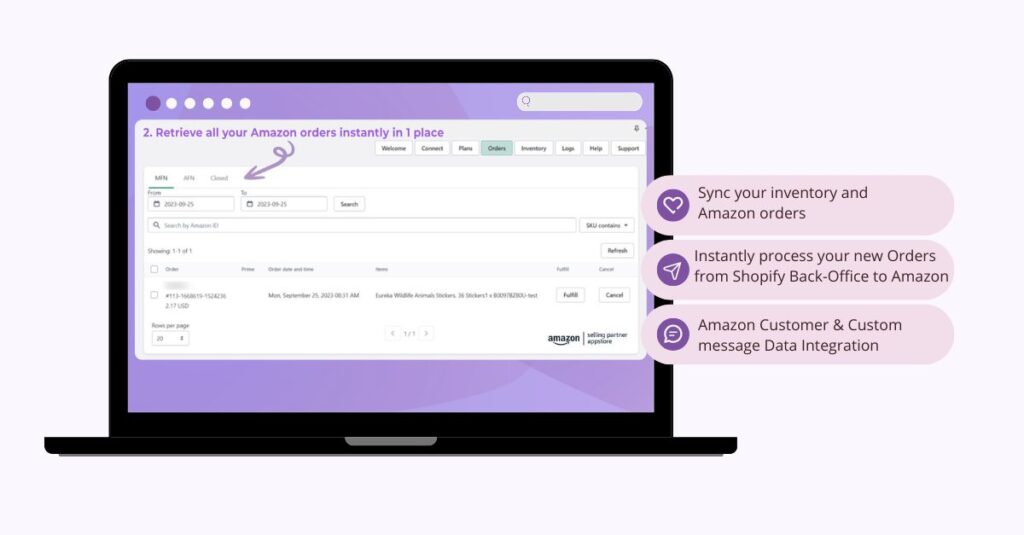
Conclusion
Choosing the right e-commerce tools is an investment in your business’s future. By carefully assessing your needs, researching your options, and prioritizing long-term value over short-term cost savings, you can build a powerful toolkit that drives growth, maximizes ROI, and helps you thrive in the competitive world of online commerce.

